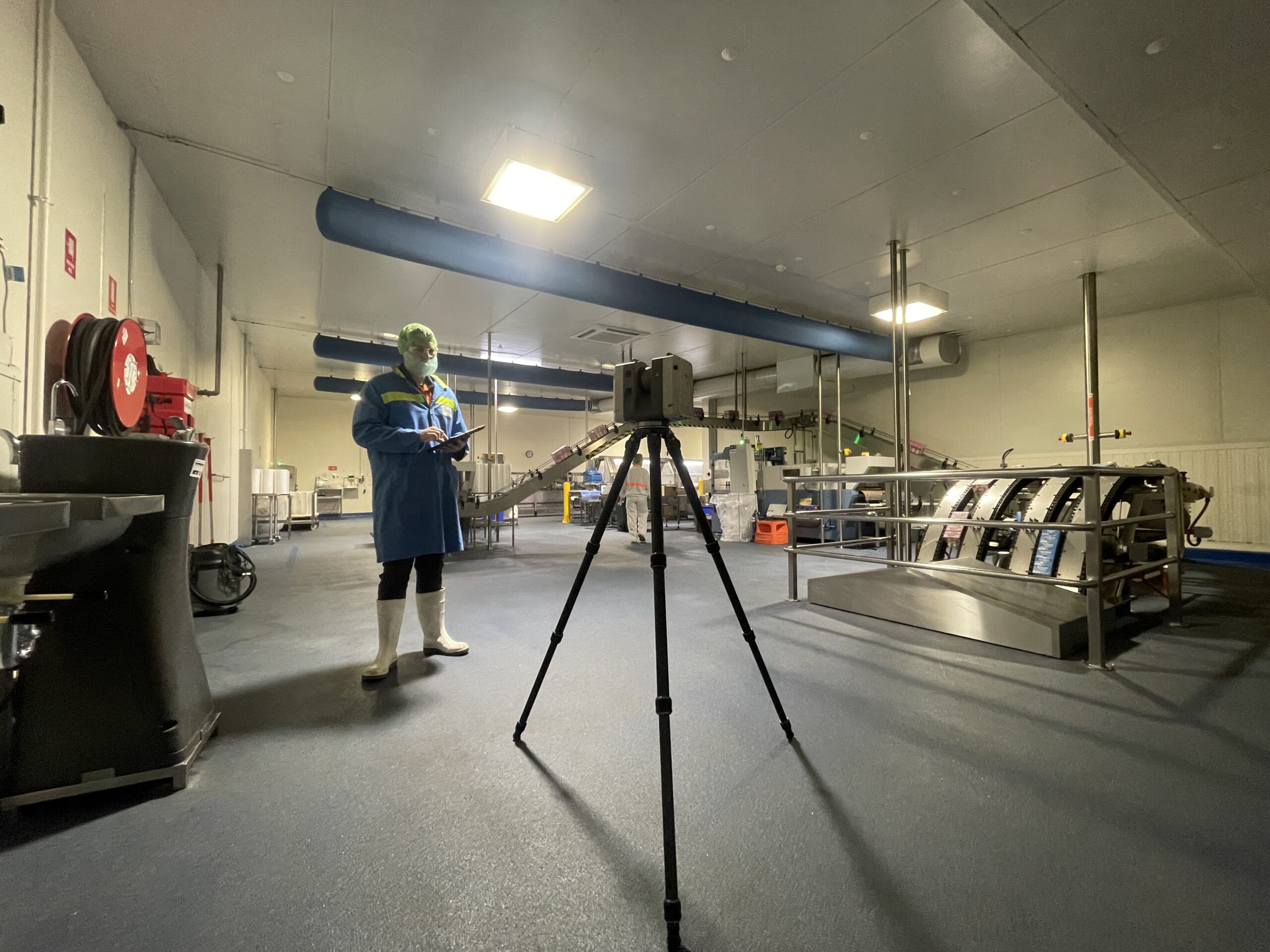3D Laser Scanning
Revolutionise your design process and decision-making with cutting-edge 3D scanning technology, delivering unparalleled accuracy and precision.
3D Scanning Capabilities
Infrastructure Design and Maintenance:
Precise measurements of existing structures and components are crucial for designers and engineers.
Utilising our 3D scanning technology enables accurate measurement and modeling of infrastructure elements such as pipes, bridges, and buildings. This data serves as a foundation for designing modifications or additions, ensuring seamless integration with existing structures.
Manufacturing and Quality Control:
Maintaining precision and quality in manufactured components requires meticulous measurement.
Employing 3D scanning in quality control processes captures intricate 3D representations of manufactured parts. By comparing scanned data with design specifications, manufacturers can detect any deviations, thereby upholding rigorous quality standards.
Reverse Engineering:
Recreating objects or components lacking detailed design documentation poses challenges.
Leveraging Storm Spatial 3D scanning simplifies reverse engineering by capturing the geometry and structure of an object. This capability proves invaluable in industries like automotive, aerospace, and consumer electronics, where replicating parts or components is paramount.


s
Cultural Heritage Preservation:
Documenting and safeguarding our historical artifacts and structures demands precise and non-invasive measurement methods.
Embracing 3D scanning facilitates the creation of intricate digital replicas of artifacts, sculptures, and historical edifices. This not only bolsters preservation endeavors but also equips researchers and historians with essential data for in-depth analysis.
Architectural Design and Renovation:
Architects and designers frequently require precise measurements of pre-existing structures for renovation or redesign endeavors. Utilising our proven 3D scanning method, facilitates the comprehensive capture of information concerning buildings, rooms, and architectural elements, streamlining the design and renovation processes through floor plan and facade extraction.

A Storm Spatial 3D model allows
Engineers and designers to assess the existing structure and evaluate the feasibility of proposed design modifications. It can also be used to identify potential clashes or interferences that might arise between new components and existing structures. This helps designers to make informed decisions and to ensure that their designs will work as intended.
Additionally, 3D scanning technology can provide accurate measurements of the structure, which can be used to improve the precision of the design. This is particularly important for structures that have complex shapes or are difficult to measure using traditional methods. By using 3D scanning, designers can work with precise dimensions and avoid the need for guesswork or assumptions.
Our extensive range of deliverables can be imported into most third-party software, and we offer data sets that range from 2D floor plans and elevations to 3D rendered surfaces, solids, and fly-throughs to cater to our clients’ project needs.
